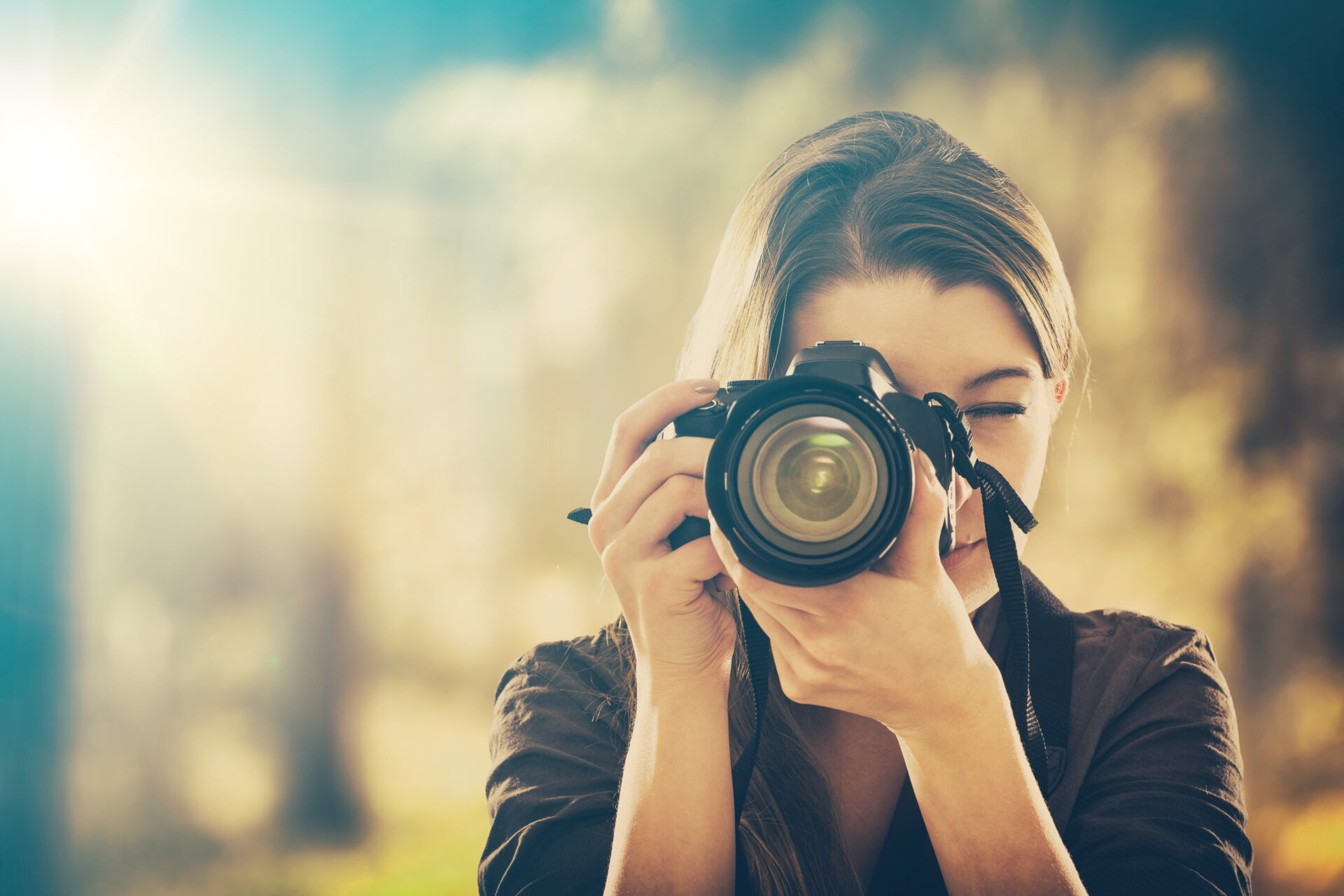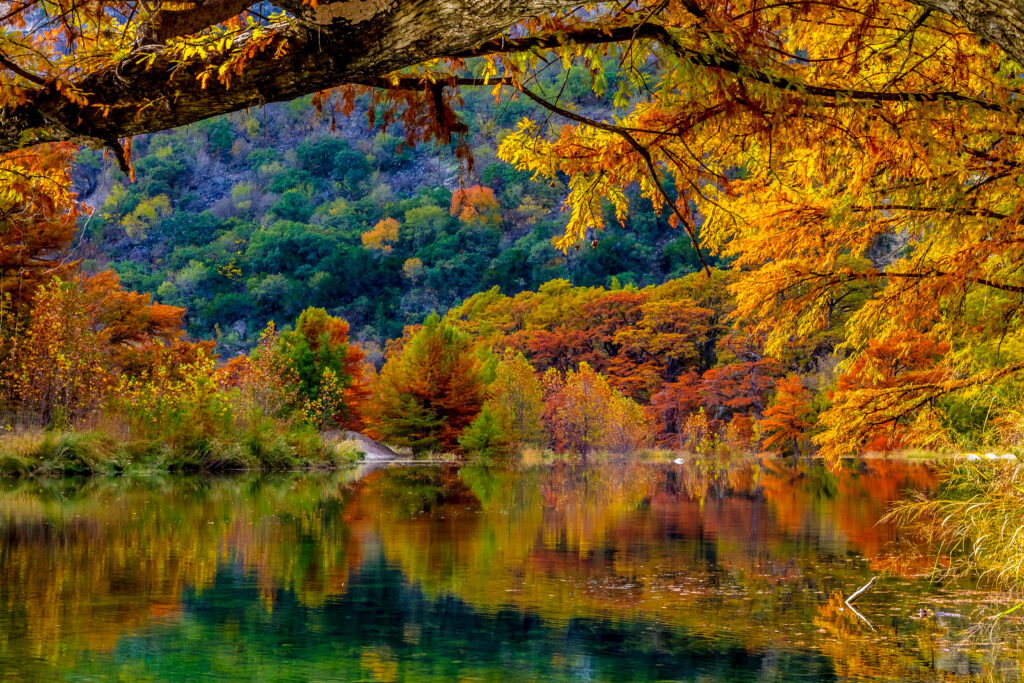I is for … Image libraries
A great image can lift a page, add visual interest to a text, help to explain a concept or make a piece of realia look more authentic.

Image libraries – sometimes known as picture, media or stock photo libraries – can be a fantastic resource for educational publishers. A great image can lift a page, add visual interest to a text, help to explain a concept or make a piece of realia look more authentic. However, finding the right images for your product can be a time-consuming and complicated process. In this post, we look at some of the issues around searching and licensing that you may come up against when using image libraries.
One problem with image libraries is the fact that stock photos can look quite generic. This article looks at some common clichés of the stock photo genre, but you can probably think of others. You can overcome this problem by being specific when choosing your search terms (or writing your photo brief if you are lucky enough to have a dedicated photo researcher). It’s useful to think about what aspects of your content you would like the image to illustrate. Often this will be informed by the text, but it could equally come from the overall topic of a unit, for example. This is where it really helps to break down the idea you want to visually represent and choose specific elements to focus on. Then you can choose keywords that relate to those elements.

If you find you are getting a lot of results for your search, try using the filter options for the image library you are using. For example, Getty gives you the option of searching for photos by orientation, number of people, age, style of image and location, among other parameters. These settings can help to narrow down your search. If you have the opposite problem and get too few results, try to think of alternative ways to describe what you are looking for, using different combinations of synonyms and related terms.
Some image libraries will give you a list of suggested search terms and offer to show you more images that are similar to the ones in your search results. 123rf, for example, provides a kind of visual thesaurus of concepts related to your search term, just above the search results – a useful tool for navigating your way through the image database.
Another handy feature is ‘Search by image’ (next to the search bar in Shutterstock, for example), which allows you to drag and drop an image you like in order to see similar photos in the image library. This can be helpful when you have an image you like but can’t use because of copyright restrictions.
If all of this fails, you’ll need to revisit and refine your original idea (or try a different library).
If you find you are getting a lot of results for your search, try using the filter options for the image library you are using.
The other tricky area with images is knowing how you can use them: in other words, licensing. Larger publishers will often have a media team who will check that requested images are being used correctly in accordance with their licences, but it’s useful to know a bit about the different types of image you may come across.
One important distinction is between editorial and commercial use. Different image libraries publish their own definitions of editorial images, but they are generally quite similar. For example, Shutterstock’s guidance says: “Proper use of an editorial image includes using the image to illustrate news, commentary or opinion in newspaper or magazine articles, blog or website posts.” In an educational publication, then, it would usually be acceptable to use editorial images as part of a reading text, for example, that has the same context as the image, but not to illustrate a different topic/context or in a generic setting that doesn’t make reference to the context of the photo. Commercial stock photographs, as the name suggests, can be used to help promote or sell your product or concept, so they can generally be used more flexibly.
EyeEm have produced a handy guide on licensing, including the differences between Royalty Free, Creative Commons and Copyright Free licences, which is a good place to start exploring the topic of licensing further.

Contact us
We'd love to hear from you and promise to contact you asap. Either fill in our quick and easy form below or email [email protected]

The Content Station is your trusted educational publishing team. Our local experts across the globe can deliver on any brief.

